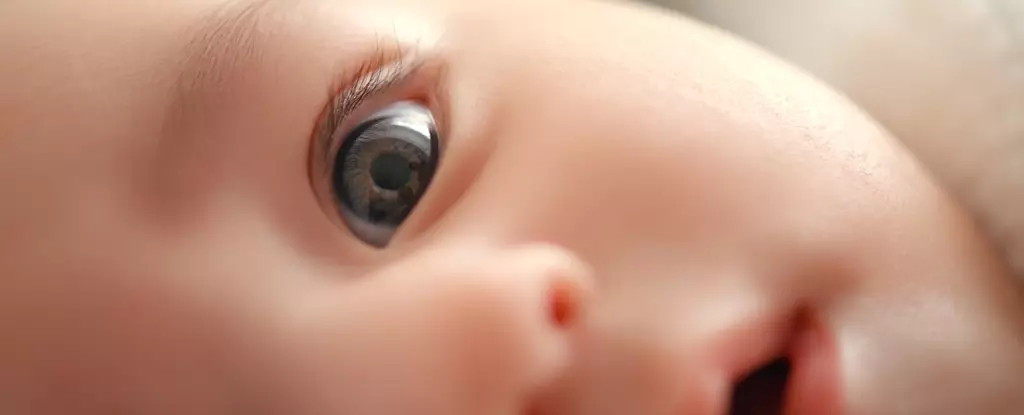Microplastics have become a pervasive presence in our environment, infiltrating ecosystems and entering the food chain with alarming frequency. While the conversation surrounding microplastics often focuses on ecological damage, a new wave of research is uncovering potential health risks, particularly concerning pregnant women and developing infants. A recent study conducted by a team at Rutgers University has shed light on how microplastics can transfer from mothers to their unborn offspring and linger in their bodies post-birth, raising critical health concerns.
The Findings: Microplastics in Offspring
The study revealed that when pregnant mice were exposed to polyamide-12 (PA-12), a specific type of nylon, microplastics not only crossed the placental barrier but were also detected in the lungs, kidneys, hearts, livers, and even brains of newborn mice. Remarkably, these plastic particles remained in the pups for at least two weeks after birth. This persistence of microplastics in vital organs poses significant questions about the detrimental effects they could have on developmental health and long-term wellbeing.
Phoebe Stapleton, an associate professor specializing in pharmacology and toxicology, emphasizes the gravity of these findings: “Nobody wants plastic in their liver.” Indeed, the presence of microplastics in essential biological systems signals a pressing need for thorough investigations into their toxicological implications.
Microplastics infiltrate the human body through various channels, primarily via ingestion of contaminated food and water, and inhalation of particles dispersed in the air. In this light, the study’s results have broader implications for human health, particularly for infants who may be born carrying microplastic particles accumulated during gestation. Given that microplastics are already linked to other significant health issues, including cardiovascular diseases, the concern grows regarding what sustained exposure might mean for developing children and adults alike.
As more evidence surfaces, public health experts are beginning to draw parallels between these findings and the potential long-term effects of chemical exposure during pivotal developmental stages. The early life exposure to microplastics could increase the vulnerability of children to chronic illnesses, which compounds the urgency for scientific rigor in determining the toxicity of these embedded particles.
As researchers probe the maternal-fetal health dynamics influenced by microplastics, they highlight serious implications about systemic deposition of these tiny particles within the body. The study articulated that the understanding of how microplastics harm biological systems must progress alongside awareness of environmental pollution.
The unresolved nature of these findings spurs a critical dialogue within the scientific community. How do we regulate the virtually omnipresent material that is plastic? The question amplifies in importance as current production rates exceed 450 million tonnes globally each year, reflected in products that surround modern life. With plastic entrenched in consumer habits, mitigating exposure presents a formidable challenge.
The persistence of microplastics in our bodies underscores a desperate need for action—not only in terms of policy to limit plastic production and promote recycling but also to implement deep research initiatives into understanding the health impacts of these materials. Stapleton notes, “I don’t think we’ll ever get rid of plastics altogether,” indicating a realistic approach to acknowledging their role in society while striving for better management and reduced exposure.
As public awareness grows concerning plastic pollution and its potential health risks, it becomes imperative that communities engage with environmental policies that advocate sustainability, health awareness, and proactive reduction of plastic usage. The responsibility is not just scientific; it encompasses industry leaders, policymakers, and the general public.
In closing, the findings surrounding microplastics’ transmission from mother to child establishes a worrying precedent in the discussion around public health and environmental safety. As the implications of exposure become clearer, society must rally to confront the persistent plastic crisis that threatens health, particularly among our most vulnerable members—infants. The research is a clarion call for thorough investigation, policy change, and lifestyle reevaluation, all crucial to safeguarding future generations from the unseen threats of microplastics infiltrating their lives.


Leave a Reply